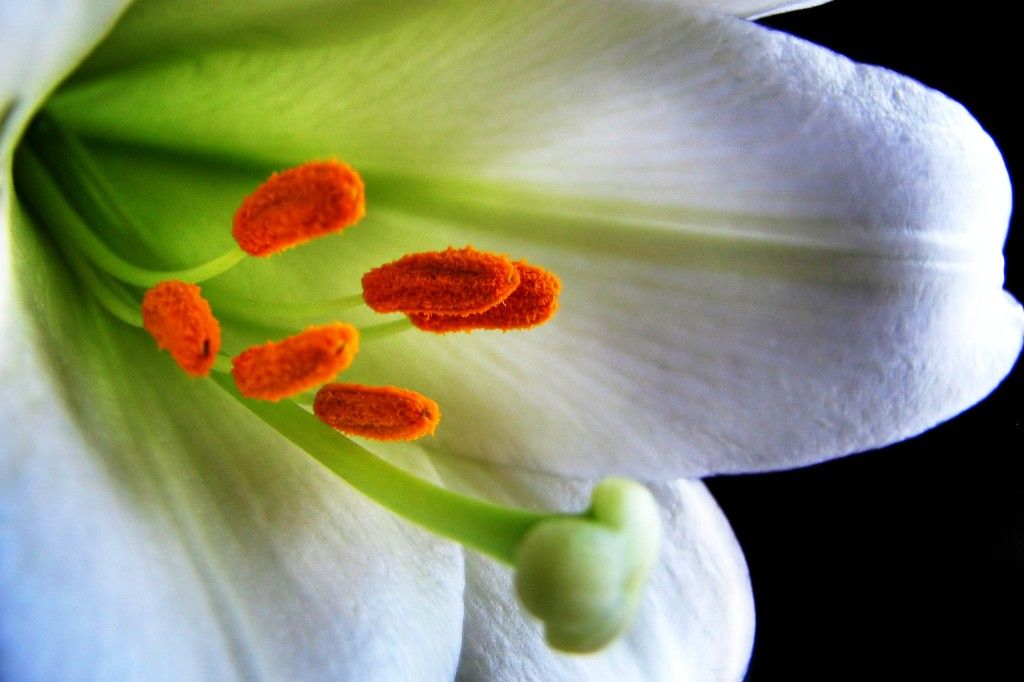Lilium longiflorum is a staple in the modern flower trade, and its common name Easter Lily is well known in English-speaking countries.
It is cultivated outdoors in warm frost-free climates (e.g. South America and Bermuda), or in greenhouses. They are frequently marketed internationally in pots. Some years they have overwintered in my zone 6 garden, where they of course do not come into bloom until summer.
These trumpet lilies are fragrant, and the pure white blooms are lovely in flower arrangements. It is a good idea to snip off the pollen-laden stamens before arranging the flowers as the pollen stains clothes and tablecloths.
The white purity, inside and out, of these exquisite blooms contrasts beautifully with the shiny green foliage. These lilies are no longer available in the wild.
Other white lilies have been grown as substitutes in the Easter trade. One is Lilium sargentiae, which is another native Chinese lily related to the regal lily, and it was also discovered by the plant explorer E. H. Wilson. It blooms a few weeks later than the Easter Lily and has been used extensively in breeding programs with Lilium centifolium to produce other lovely white cultivars.
This is Moya Andrews, and today we focused on Easter lilies.










